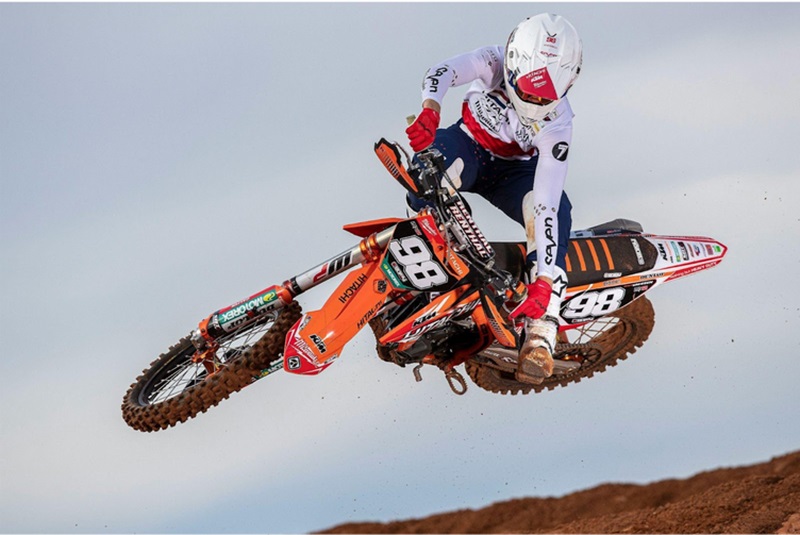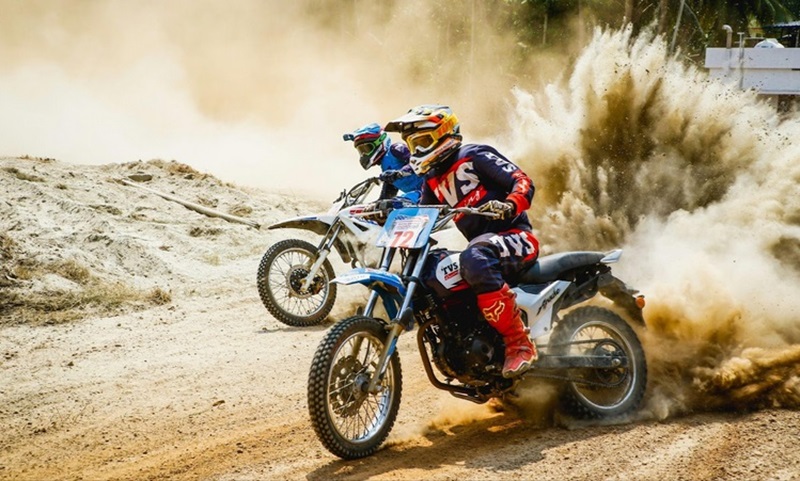Motocross is famous for its high-octane thrills and for being a domain where riders push their skills and machines to the limit. A remarkable subculture is gaining traction within this thrilling world: adaptive motocross. This unique branch of motocross involves riders with physical disabilities who adapt their equipment and riding techniques to compete at the highest possible level. Let’s dive into the adaptive motocross world.
The Evolution of Adaptive Motocross
All sports aimed at disabled athletes have advanced dramatically over the past decade. Athletes with disabilities are more widely accepted and celebrated in various sports. With some adaptation to equipment and rules, lesser-able sportsmen and women can enjoy sports they would not ordinarily be able to and compete on the biggest stage. One only needs to look at the sports betting markets on Special Olympics events to see a snippet of the sports disabled athletes enjoy.
Adaptive motocross has evolved significantly. Technology and equipment advancements allow riders to customize bikes to meet their needs. From modified controls to specialized seating and suspension systems, the innovations in adaptive motocross ensure everyone can safely enjoy this exhilarating sport.
Adaptive Equipment and Modifications
The range of equipment and modifications available to physically disabled riders is quite staggering. Whatever a rider’s impairment is, a modification is likely available to help get that rider in the seat and riding on a track.
Ergonomically designed hand controls for braking and shifting gears enable riders with limited or no use of their legs to operate the bike safely while maintaining high performance. Specialized seating is available for riders with spinal cord injuries or amputations, while customized footpegs and braces allow riders to secure their prosthetic limbs, providing additional balance and support.
Adaptive riders often require tailored suspension systems to account for weight distribution and balance differences. Such modifications are commonplace in adaptive motocross.
Prominent Adaptive Motocross Riders

Adaptive motocross is about physical modifications, mental resilience, and determination. Athletes must often overcome significant physical and psychological barriers to compete. These riders have done that and more.
Ashley Fiolek is a highly well-known figure in mainstream and adaptive motocross. Born profoundly deaf, Fiolek did not allow her lack of hearing to stop her from chasing her dreams. She became the first female rider to sign for a factory team when she signed a contract with Red Bull Honda before winning multiple Women’s Motocross Championships.
Chris Ridgway is another adaptive motocross rider from whom many disabled riders draw inspiration. A 30-foot fall while racing resulted in Ridgway breaking both ankles, and his racing career was never the same again. After several years and countless surgeries that didn’t give him full mobility, Ridgway found a doctor who was willing to amputate his left leg. It may seem like an extreme move, but Ridgway was determined to continue enjoying motocross, which he did with a prosthetic leg. Amazingly, he went on to win gold medals in the X Games Adaptive Motocross events.
Mike Schultz holds legendary status in adaptive motocross. Shultz severely injured his knee in a snowmobile competition, resulting in the amputation of his left leg. He was back competing quite quickly but discovered regular prosthetics were not up to the task, so he designed his own limb known as the “Moto Knee.”
The revolutionary prosthetic transformed his career. Over the next ten years, he went on to win eight X Games gold medals and was voted the Best Male Athlete with a Disability in the ESPY Awards.
The Growing Community and Competitive Scene
The adaptive motocross community is growing steadily thanks to the unwavering support of organizations like the Extremity Games and Adaptive Action Sports (AAS). In addition, prominent riders like Chris Ridgway, Mike Schultz, and Doug Henry have lent their expert opinions to manufacturers specializing in adaptive bikes and equipment.
The Extremity Games include motocross and other high-action sports like skateboarding, wakeboarding, kayaking, rock climbing, and more. They are similar to the X Games in that they are for athletes with amputations and limb differences.
Adaptive Action Sports (AAS) creates opportunities for disabled athletes who want to participate in action sports. They provide mentorship, support, and training for riders, helping to develop the next generation of adaptive motocross stars.
Challenges, Opportunities, and the Future of Adaptive Motocross
Although adaptive motocross has made significant strides during the past decade, challenges remain. Access to specialized and custom equipment can be costly, and the substantial cost is often prohibitive for would-be riders. Adaptive riders try to find sponsors to help lessen the burden, but finding sponsors willing to invest in adaptive sports can be challenging.
However, increased media coverage and success stories are helping to make adaptive sports more mainstream, increasing its visibility and slowly changing the landscape. Hopefully, more factory teams or corporate sponsors will embrace the uniqueness of adaptive motocross and help up-and-coming riders realize their dreams.
The sport’s future looks promising. As technology advances, so will the customization and performance of adaptive bikes. Increased awareness and support for adaptive riders are also likely to improve, giving more athletes the opportunity to compete, excel, and become stars in their own right.
Conclusion
Adaptive motocross combines human ingenuity and resilience with an unrelenting pursuit of greatness. It showcases that incredible feats can be achieved when limitations, such as having a limb amputated or restricted movements, are viewed as opportunities for innovation, not barriers to prevent someone from doing something.
As adaptive motocross continues becoming increasingly mainstream, it will undoubtedly inspire countless individuals with or without disabilities to push beyond their limits and embrace the thrill of this incredible sport.
Adaptive motocross is more than just a sport; it celebrates the human spirit. Riders are pioneers who show the world that anything is possible with the right support and determination to succeed.



